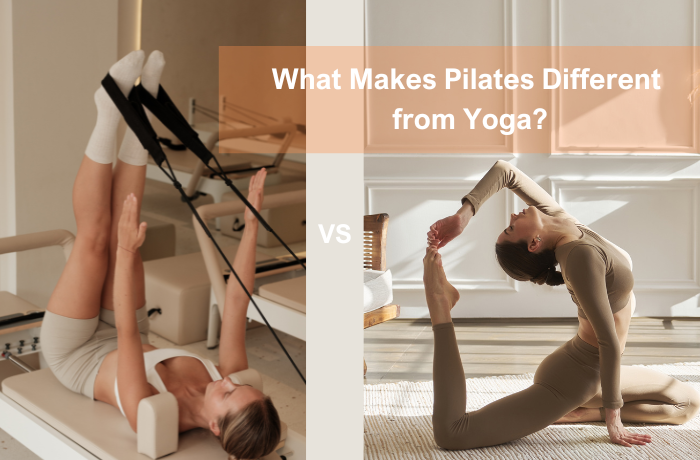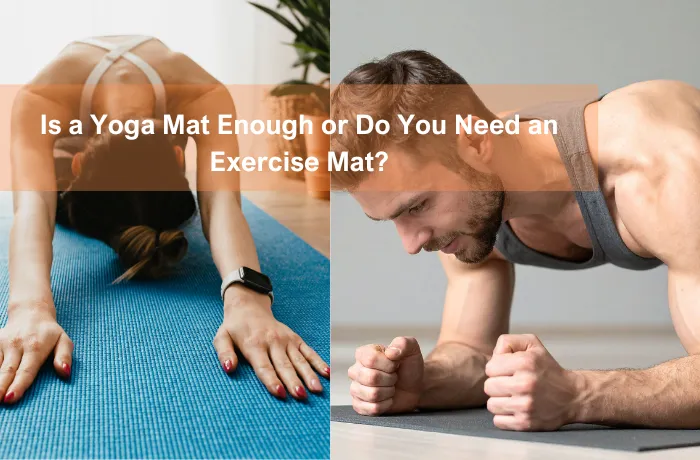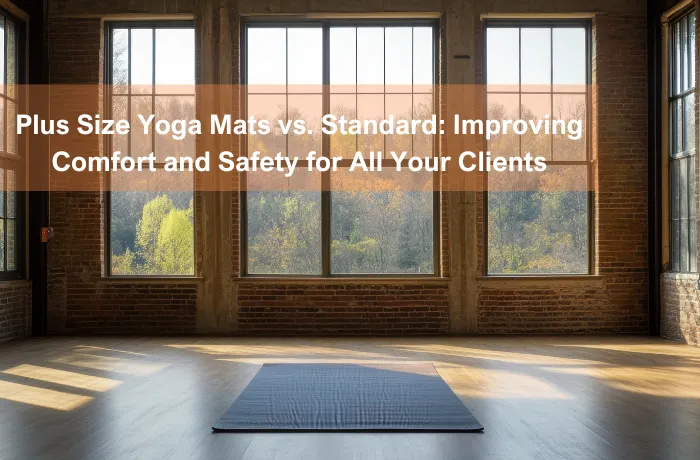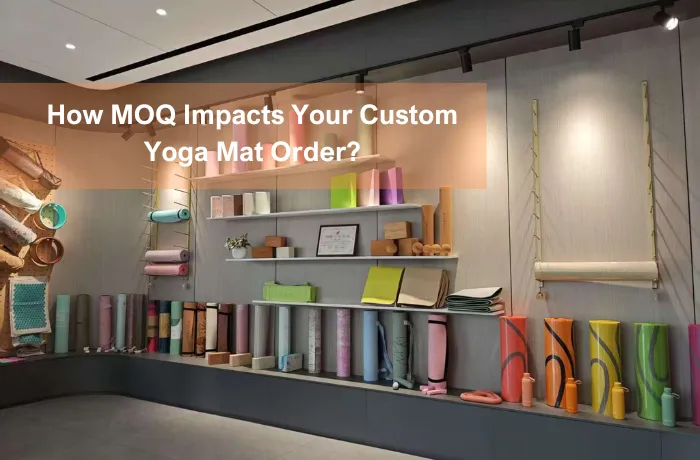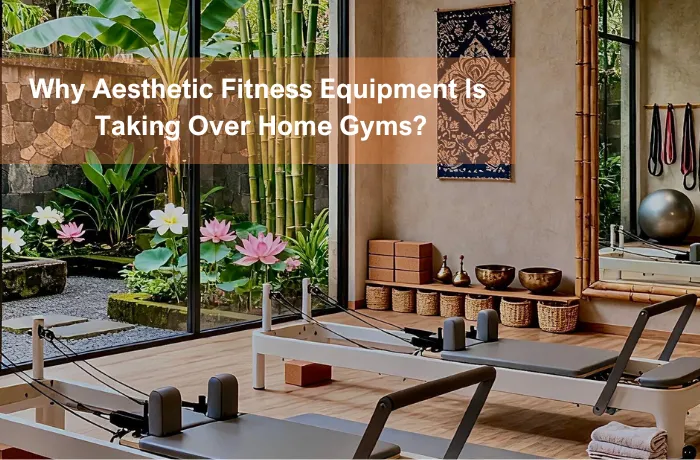You might ask what the difference is between Pilates and Yoga. Pilates is faster and concentrates on core strength and muscle control, whereas Yoga emphasises flexibility, breathing, and holding poses. Both can assist with pain and movement issues, but Pilates typically offers greater relief for short-term pain. Yoga, on the other hand, can more frequently cause mild soreness. Serious injuries are uncommon in both practices. If you wish to learn about Pilates or Yoga, remember that each employs distinct methods to help you achieve your goals.
Key Takeaways
- Pilates helps you build core strength and better posture. It uses careful moves and sometimes special machines.
- Yoga helps you become more flexible and calm. It uses breathing, meditation, and poses that flow or hold. It connects your mind, body, and spirit.
- Both Pilates and Yoga help you become more flexible and balanced. They also lower stress and are gentle for most people.
- Pick Pilates if you want a stronger core or better posture. It is also good if you are healing from injuries. Pick Yoga if you want to relax and feel calm. It also helps you grow spiritually.
- Try both to see which one you like best. Doing them often gives you the best results.
Pilates Overview
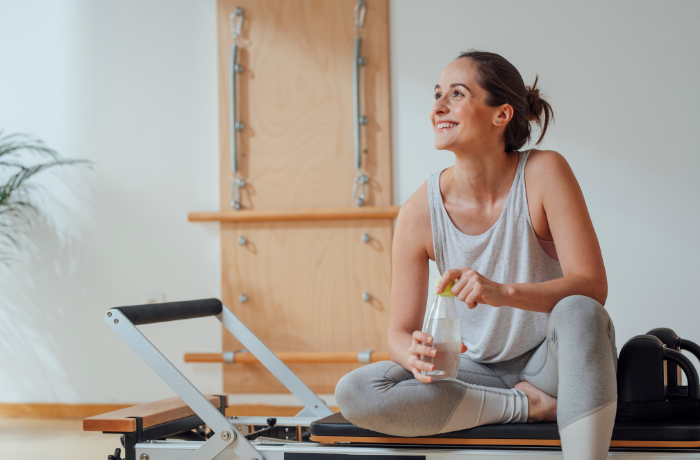
Origins
Pilates started in the 1920s. Joseph Pilates made this method during World War I. He was in a camp and wanted to help people get stronger. He used springs on hospital beds to help hurt soldiers move. His training in Germany and love for fitness shaped Pilates. Later, he made special machines like the Universal Reformer and Wunda Chair. These tools made the exercises work better.
Core Focus
Pilates works on making your core strong. You learn to breathe well and keep your spine straight. You also use deep muscles in your body. The main aim is to make your core steady. Studies show pilates makes your core muscles stronger and faster. These muscles help your spine and keep you safe when you move. Pilates also helps your mind focus on each move. This helps you stand straighter and have better balance.
Tip: Focus on breathing and muscle control in pilates for best results.
Typical Exercises
Pilates has mat and machine exercises. You often do each move three to five times. This keeps the workout quick and makes it hard enough. The moves help you keep your pelvis, shoulders, and spine in the right place. You use your core before moving your arms or legs. This keeps your back safe. Some hard moves, like the push-up front, test your balance and whole body strength. Pilates uses lifting, lowering, and holding moves. These help you build strength and flexibility.
- Pilates exercises:
- Work your whole body, not just one part.
- Use careful moves and breathing.
- Start easy and get harder as you go.
Equipment
You can do pilates on a mat or with machines. The most common machine is the reformer. It looks like a bed with a sliding part and springs for resistance. This machine helps you use many muscles at once. It also makes your workouts different and fun. Studies show pilates machines can make you 15% more flexible and 10% better at balancing. The reformer is gentle on your joints. It is good for beginners, athletes, and people healing from injury. Other machines are the Wunda Chair and trapeze table. These give you more ways to get strong and steady.
Pilates helps you stand straighter, get stronger, and feel steadier. You will get more flexible, balance better, and even boost your metabolism if you do it often. Pilates is a good choice if you want to build your core and stay healthy.
Yoga Overview
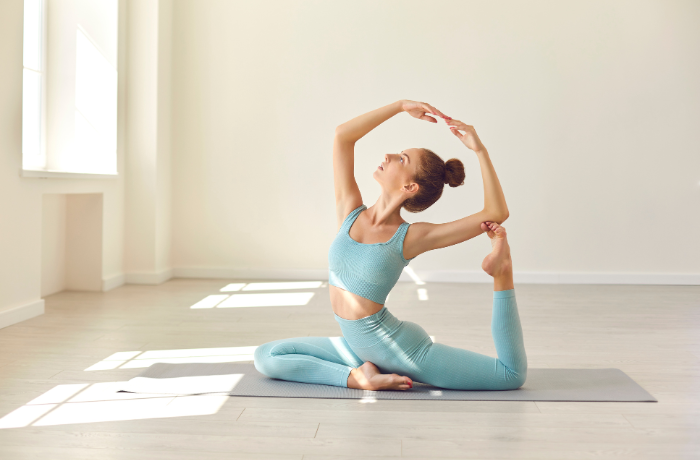
History
Yoga started in India more than 5,000 years ago. Old books like the Vedas and Upanishads talk about meditation and learning. At first, yoga was about sitting quietly and living well. Later, Sage Patanjali wrote the Yoga Sutras and explained the eight limbs of yoga. After that, new moves and poses were added, especially in Hatha Yoga. In the 1900s, teachers like Krishnamacharya made yoga popular everywhere. Now, yoga mixes old ideas with new ways to move.
Mind-Body Connection
Yoga helps you link your mind and body. You move through poses and breathe deeply. This helps your body relax and your mind feel calm. Studies show yoga can lower stress and help you handle feelings. You learn to notice your thoughts and feelings. This makes you stronger inside. Breathwork and meditation help your body rest and heal. Many people use yoga to feel better in body and mind.
Note: Doing yoga often can help you feel happier, stand taller, and feel better about yourself.
Main Types
There are many kinds of yoga. Each one is different. Some popular types are:
- Hatha and Iyengar yoga: You hold poses and keep your body lined up.
- Vinyasa yoga: You move and breathe in a smooth flow.
- Kundalini yoga: You chant, breathe, and move to wake up your energy.
- Restorative yoga: You use props and relax your body deeply.
Most classes use poses, breathwork, and sometimes meditation. You can pick a style that fits what you need. Some help you get stronger, stretch more, or feel calm.
Spiritual Aspect
Yoga is not just about moving your body. Many people feel peaceful and find meaning in yoga. As you keep practising, you may feel closer to yourself and others. Studies show yoga can help you feel kinder and more hopeful. Even if you start yoga for your body, you might find your spirit grows too. Teachers often talk about being kind, mindful, and free inside. The spiritual side of yoga helps you feel balanced and connected every day.
Tip: The more you do yoga, the more it helps your body and spirit.
Difference Between Pilates and Yoga
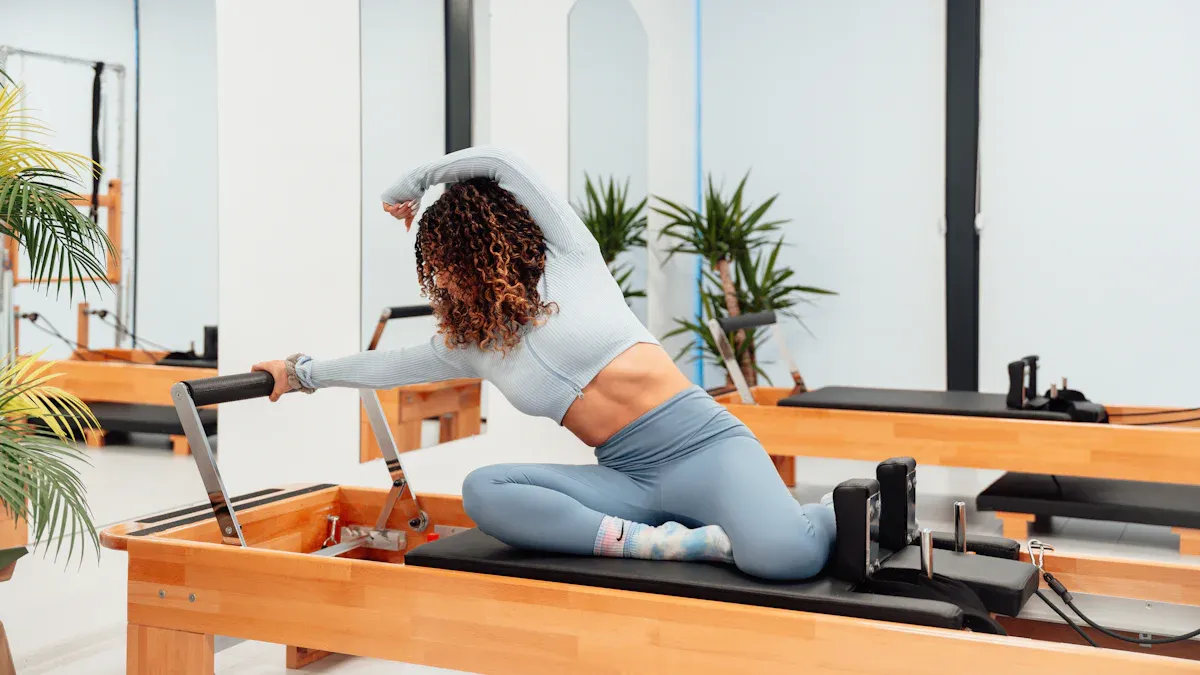
Key Differences
You may wonder how these two workouts are not the same. The main differences are in what they focus on, how you move, and what you want to achieve. Pilates is all about making your core strong and steady. Yoga connects your mind, body, and spirit. In pilates, you do careful, exact moves, sometimes using special machines. Yoga uses poses that flow or stay still, along with breathing and meditation.
Here is a simple table to help you see the main difference between pilates and yoga:
| Aspect | Yoga | Pilates |
|---|---|---|
| Origin | Ancient practice from India, rooted in Eastern philosophy | Developed in the 20th century by Joseph Pilates |
| Focus | Mind-body-spirit connection, breath, self-awareness, meditation | Core strength, posture, muscle balance, controlled movement |
| Movement Style | Flowing or static postures (asanas), breath and meditation | Controlled, precise movements, often with equipment |
| Equipment | Usually mat-based, minimal equipment | Often uses reformer, mat, or other specialised equipment |
| Mental vs Physical | Strong mental and spiritual elements | Strong physical focus, especially on core and posture |
| Primary Goal | Holistic health, flexibility, stress relief | Physical rehabilitation, core strength, muscle tone |
Note: Both yoga and pilates are gentle on your body and suit many people.
Goals
Think about what you want before you pick a practice. Pilates helps you build a strong core, stand straighter, and recover from injuries. It works on making your muscles firm and steady. Many people use pilates to heal or stop future injuries.
Yoga tries to bring your mind, body, and spirit together. You work on stretching, balance, and feeling calm. Yoga often has meditation and breathing to help you relax and lift your mood. Yoga’s goals go past just the body and aim for your whole well-being.
A study found pilates helped people with multiple sclerosis walk faster and feel more confident. Pilates also made their lives better than yoga did. Both helped with breathing and walking, but pilates gave more help with moving and thinking. This means pilates is better for healing and balance, while yoga helps more with your mind and spirit.
Methods
You will see clear differences in how you move in each class. Pilates uses repeated, careful moves, often with things like the reformer or a mat. You use your core muscles before you move your arms or legs. Pilates classes go at a steady speed and focus on doing each move right.
Yoga mixes still and flowing poses. You might hold a pose for a few breaths or move smoothly from one to another. Breathing and meditation are big parts of yoga. Classes often end with relaxing or being mindful. Some yoga classes are slow and gentle, others are more active, but the mind-body link is always important.
- Both yoga and pilates use breathing and focus.
- Pilates often uses machines for support and resistance.
- Yoga usually just needs a mat and sometimes blocks or straps.
- Pilates repeats moves to make muscles strong.
- Yoga holds or flows through poses to stretch and calm you.
Benefits
Both yoga and pilates give you many good things. They help you stretch better, tone your muscles, and balance more easily. Pilates makes your core strong, helps you stand tall, and keeps you steady. Pilates can also help with pain, especially for short-term aches. Yoga helps you relax, lowers stress, and lifts your mood. Yoga’s benefits reach your mind and feelings, helping you feel calm and balanced.
A study with adults aged 30-40 showed pilates made life better, especially for feelings and social life, compared to yoga and a group that did nothing. Pilates also helped more with pain. Yoga made it easier to move and helped people feel better with others, but pilates gave bigger boosts in energy and feelings.
Here is a summary of how pilates and yoga compare in different benefit areas:
| Benefit Domain | Pilates vs Yoga | Pilates vs Control | Yoga vs Control |
|---|---|---|---|
| Quality of Life (SF-36) | Pilates better | Pilates better | Yoga better |
| Emotional Well-being | Pilates better | Pilates better | N/A |
| Energy | Pilates better | Pilates better | N/A |
| Physical Functioning | No significant difference | Pilates better | Yoga better |
| Pain Relief | Pilates better | Pilates better | No significant difference |
Both yoga and pilates help you stretch, tone up, and feel better in your mind. You might not lose much weight, but both are safe and good for most people. If you want a strong core and steady body, pilates could be best. If you want a practice that helps your mind and spirit too, yoga might be right for you.
Tip: Try both yoga and pilates to see which one you like best and which helps you most.
Shared Benefits
Breathwork
Both yoga and pilates care a lot about breathwork. In yoga, you use special ways to control your breathing. This can help calm your mind. Pilates also teaches you to breathe with each move. Focusing on your breath does more than help you relax. It can slow your heart rate and help your lungs work better. It also helps your nervous system. Studies show slow, steady breathing lowers stress and worry. It can even help with panic. When you notice your breath, your body and mind work together. This is a big part of the mental benefits of yoga and pilates.
Tip: Focus on your breath in every session. You might find it easier to relax and pay attention.
Flexibility
Yoga and pilates both make you more flexible. You stretch your muscles in every class. This helps your joints move better and your body feel less stiff. Research shows pilates stretching twice a week works as well as normal stretching. Pilates can also help you stretch your back and make your knees stronger. Yoga uses both still and moving stretches. These also help you move better. Being more flexible helps your posture and balance. It can also stop injuries. These good things make both yoga and pilates great for your health.
| Practice | Flexibility Gains | Extra Benefits |
|---|---|---|
| Yoga | Greater range of motion | Better posture, fewer injuries |
| Pilates | Stronger back and knees | Improved muscle strength |
Stress Relief
Yoga and pilates help you handle stress and feel better. Both ask you to think about now, not your worries. Studies show even one yoga class can lower stress and help you feel calm. Pilates also helps with sadness and worry. It gives you more energy and makes you feel braver. These practices help your body deal with stress better. Going to classes and seeing others also helps you feel supported. Both yoga and pilates help you heal from injuries and support your mind.
- Shared health benefits of yoga and pilates:
- Better sleep quality
- Less chronic pain
- Improved balance and posture
- Adaptable for rehabilitation and injury prevention
How to Choose?
Personal Goals
Think about what you want from exercise. If you want a strong core or better posture, pilates might be best. Pilates uses careful moves to make your body steady and strong. If you want to be more flexible or relax, yoga could suit you more. Yoga helps you stretch, breathe, and calm your mind. Studies say you will keep exercising if it matches your goals. People who pick what they like feel happier and more sure of themselves.
- Ask yourself:
- Do you want to get stronger or more flexible?
- Are you looking for stress relief or physical rehabilitation?
- Do you prefer a spiritual or a physical focus?
Health Considerations
Your health needs can help you choose between pilates and yoga. Both are gentle and safe for most people, but each has special benefits. Pilates helps your core and can help you heal after injury. It is good for older people or those with back pain. Yoga is good for your mind and can lower anxiety and sadness. It can also help with arthritis and long-term pain. Neither pilates nor yoga helps much with bone health. Think about your health, like menopause or injuries, before you start. Always ask a doctor or trained teacher if you have health worries.
Tip: Both pilates and yoga can be changed for different needs. Find classes with easier moves if you have any limits.
Practical Tips
Here are some easy tips to help you choose:
| Aspect | Pilates | Yoga |
|---|---|---|
| Setting | Mat or machines, socks for grip | Mat only, often barefoot |
| Movements | Short, precise, controlled | Flowing or held postures |
| Focus | Strength, posture, rehabilitation | Flexibility, relaxation, spiritual growth |
| Mental Aspect | Concentration, mental wellbeing | Meditation, calmness, spiritual connection |
Try both pilates and yoga if you can. Many places have beginner classes or trial lessons. Notice how your body and mind feel after each class. Pick the one that fits your needs and makes you happy. The best choice is the one you enjoy and want to keep doing.
You have learned that Pilates and yoga both make you stronger and more flexible. Pilates works on your core and sometimes uses special machines. Yoga helps your mind and body connect with poses and breathing. Both are gentle and good for most people. They give you exercise that is not hard on your body. Research shows there is not much difference in how much strength, balance, or flexibility you gain from either one. Here are the main ideas:
| Aspect | Pilates | Yoga |
|---|---|---|
| Focus | Core, posture, rehabilitation | Flexibility, mindfulness |
| Practice Style | Equipment or mat, controlled | Poses, breath, meditation |
| Benefits | Strength, balance, pain relief | Stress relief, sleep, balance |
Try both if you get the chance. Pick the one that fits your goals and makes you happy. You may like doing both on different days.
FAQ
What should you wear for Pilates or Yoga?
You should wear comfortable, stretchy clothes. Choose fitted tops so they do not move during poses. For Pilates, grip socks help you stay safe. For Yoga, you can go barefoot. Avoid clothes with zips or buttons.
Can you do Pilates or Yoga if you have an injury?
You can often do both with an injury, but always check with your doctor first. Tell your teacher about your injury. They can suggest easier moves or changes. Both practices can help you heal and get stronger.
Do you need to be flexible to start Yoga or Pilates?
You do not need to be flexible to begin. Both practices help you gain flexibility over time. You can start as you are. Your teacher will show you how to adjust moves to suit your body.
Which is better for weight loss: Pilates or Yoga?
Neither Pilates nor Yoga burns as many calories as running or cycling. Both help you build muscle and improve posture. You may notice your body shape change. For weight loss, combine these practices with healthy eating and other exercise.
How often should you practise Pilates or Yoga?
You should aim for two to three sessions each week. Regular practice helps you see results faster. Even short sessions can make a difference. Listen to your body and rest when you need to.
Tip: Consistency matters more than long sessions. Try to make it a habit!

